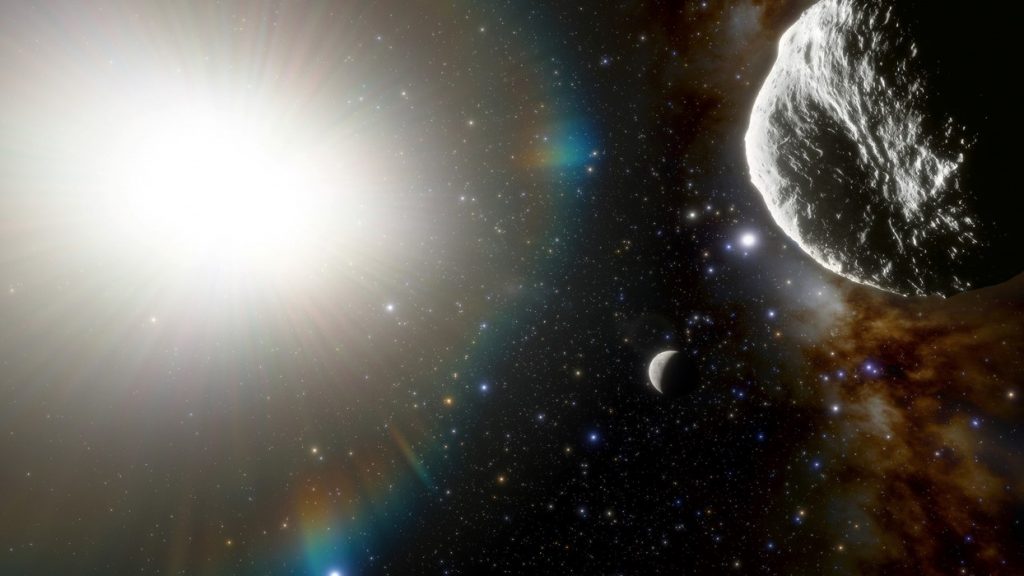While artificial intelligence has often been associated with potential threats to humanity, it has recently demonstrated its ability to identify an impending danger before human scientists could.
An algorithm named HelioLinc3D has successfully detected a “potentially hazardous asteroid” (PHA) named 2022 SF289, which had evaded human observation before. This revelation prompts contemplation on the significance of such AI-driven discoveries and the broader implications for our planet’s safety.
Spanning approximately 600 feet in length, 2022 SF289, despite its unwieldy name, is described as a “potentially hazardous” entity due to its projected trajectory, which brings it within a mere 140,000 miles of Earth – a closer proximity than the moon’s orbit. The unexpected identification of this asteroid serves as a testament to the capabilities of HelioLinc3D, an astronomical algorithm designed for the Vera Rubin Observatory in Northern Chile.
The significance of the term “potentially hazardous” doesn’t necessarily equate to imminent catastrophe. Scientists’ assessments suggest that the chances of 2022 SF289 colliding with Earth within the next century remain slim. However, this revelation does underscore the broader concerns of planetary safety. While current records list 2,350 PHAs, experts anticipate over 3,000 more lurking within the cosmos, awaiting discovery.
The memory of NASA’s experimental endeavor from the previous year also lingers, as it dislodged 37 boulders now hurtling through space at speeds comparable to that of a catastrophic event like Hiroshima. Fortunately, their distance from Earth still measures millions of miles, but this occurrence underscores the potential dangers such objects pose in our cosmic vicinity.
On a positive note, HelioLinc3D’s triumph extends beyond identifying the 2022 SF289. Developed for the forthcoming Vera Rubin Observatory in Chile, the algorithm’s success validates its capabilities in surpassing conventional methods of detecting potentially hazardous objects. This achievement is even more promising when considering the anticipated launch of the Vera Rubin Observatory, set to enhance our ability to monitor celestial threats.
Ari Heinze, a researcher at the University of Washington and a key developer of HelioLinc3D, expresses optimism in the algorithm’s potential to bolster planetary safety. Heinze underscores how this discovery, in addition to showcasing the algorithm’s real-world effectiveness, contributes to the enhancement of Earth’s security. The collaborative potential of HelioLinc3D and the upcoming observatory is poised to revolutionize our vigilance, potentially enabling the identification of potentially hazardous objects like 2022 SF289 on a nightly basis.
The remarkable identification of 2022 SF289 serves as a beacon of progress in space monitoring, igniting hopes for enhanced vigilance in the face of potential cosmic dangers.

